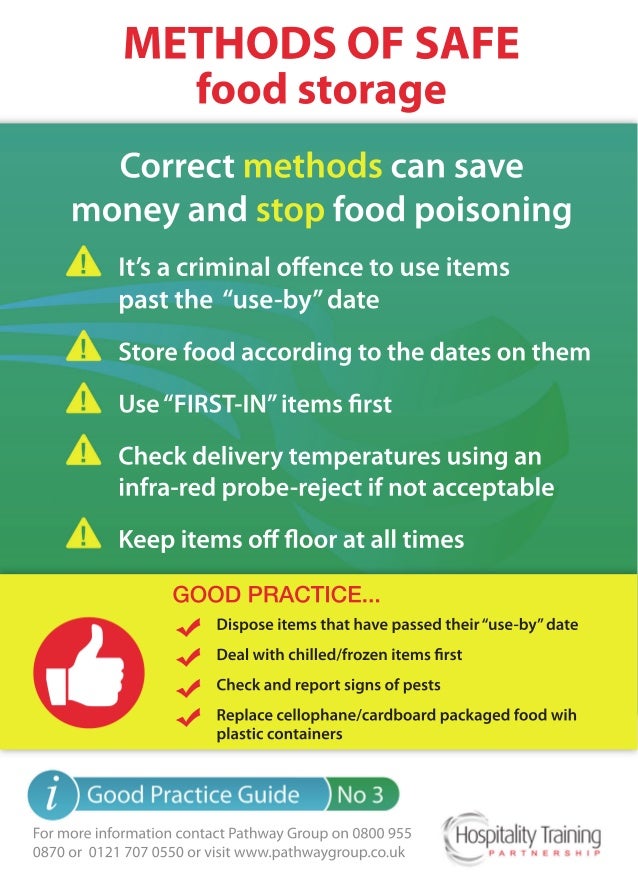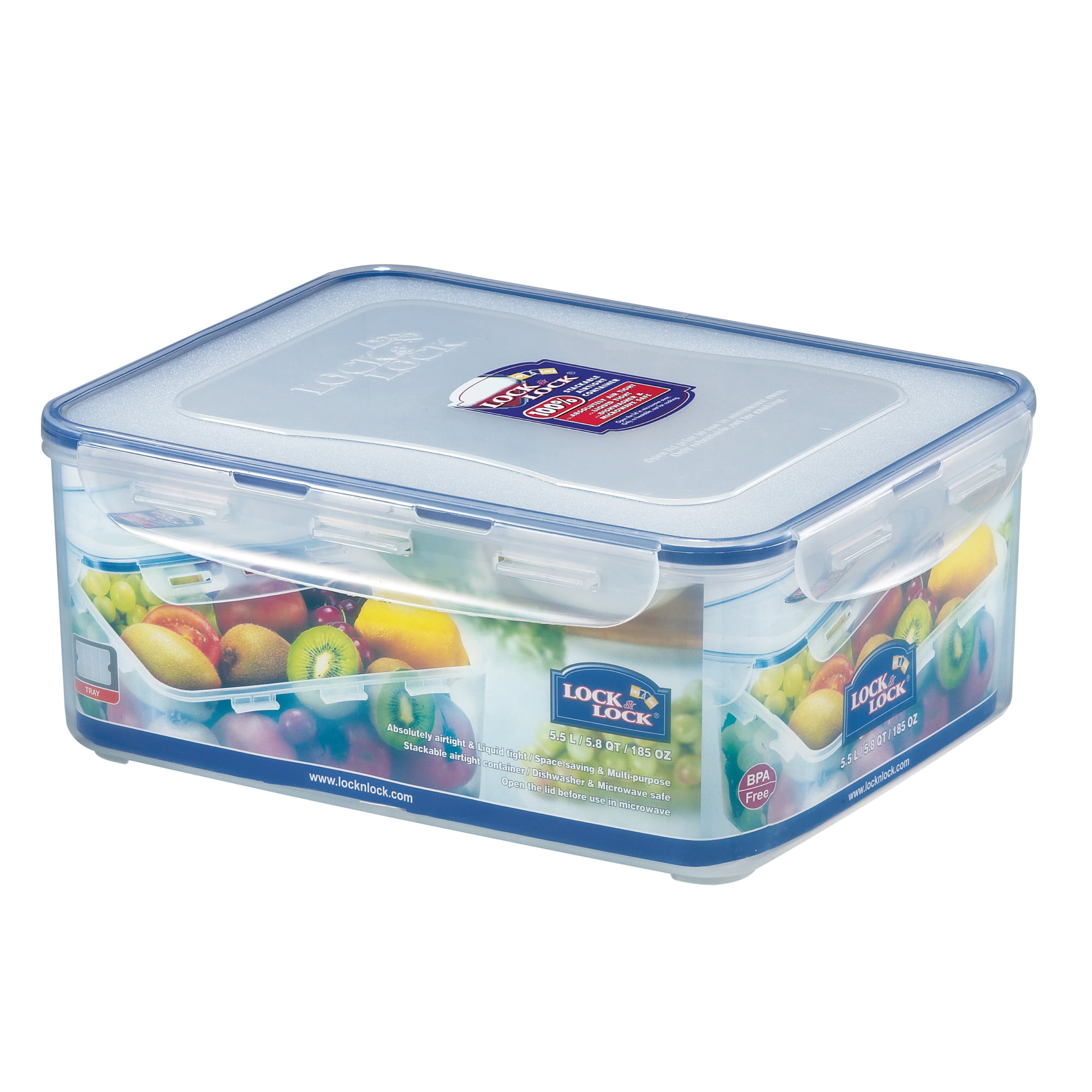Refrigeration:

- Keep perishable foods, such as meat, poultry, fish, eggs, and dairy products, at or below 40°F (4°C) in the refrigerator.
- Store raw meat and poultry on the bottom shelf of the refrigerator, away from other foods, to prevent cross-contamination.
- Cover cooked foods and leftovers tightly before storing them in the refrigerator.
- Discard any food that has been in the refrigerator for more than three or four days.
Freezing:

- Freeze foods at or below 0°F (-18°C) to maintain their quality and safety.
- Wrap foods tightly in freezer-safe bags, plastic wrap, or airtight containers before freezing to prevent freezer burn.
- Label frozen foods with the date they were frozen and the type of food.
- Thaw frozen foods in the refrigerator, under cold running water, or in the microwave.
Canning:

- Canning is a method of preserving foods by heating them to a high temperature in sealed jars or containers.
- Home canning is not recommended for beginners as it can be dangerous if not done properly.
- If you are interested in home canning, be sure to follow a reputable recipe and use the proper equipment.
Drying:
- Drying is a method of preserving foods by removing moisture.
- Foods that can be dried include fruits, vegetables, herbs, and spices.
- Drying can be done in a food dehydrator, an oven, or in the sun.
Pickling:
- Pickling is a method of preserving foods by immersing them in a vinegar solution.
- Foods that can be pickled include cucumbers, peppers, onions, and cabbage.
- Pickling can be done at home or commercially.
Fermentation:
- Fermentation is a method of preserving foods by using microorganisms to convert carbohydrates into lactic acid or alcohol.
- Foods that can be fermented include milk, yogurt, kefir, sauerkraut, kimchi, and kombucha.
- Fermentation can be done at home or commercially.









